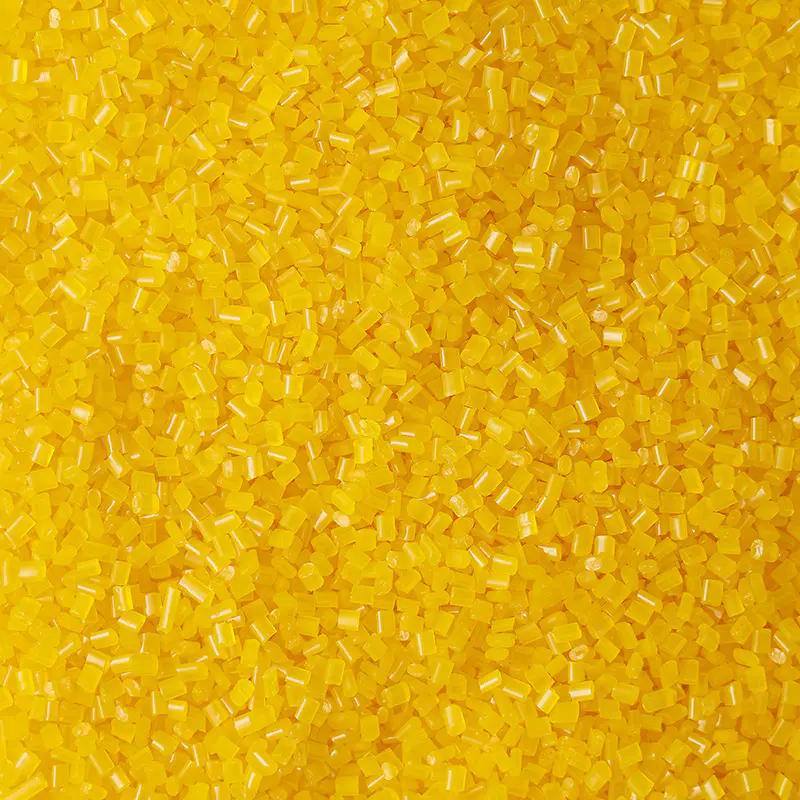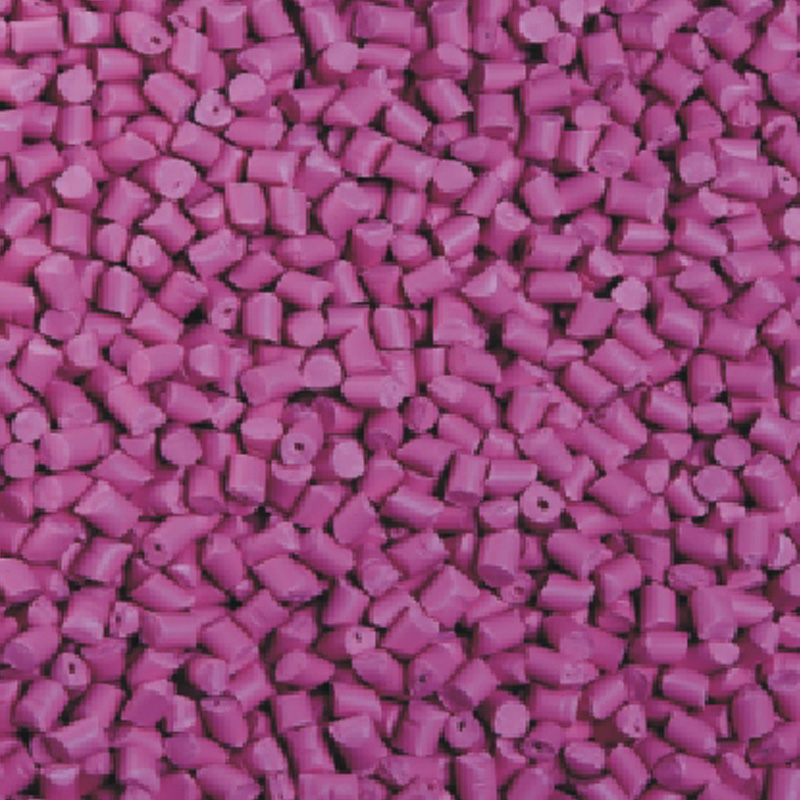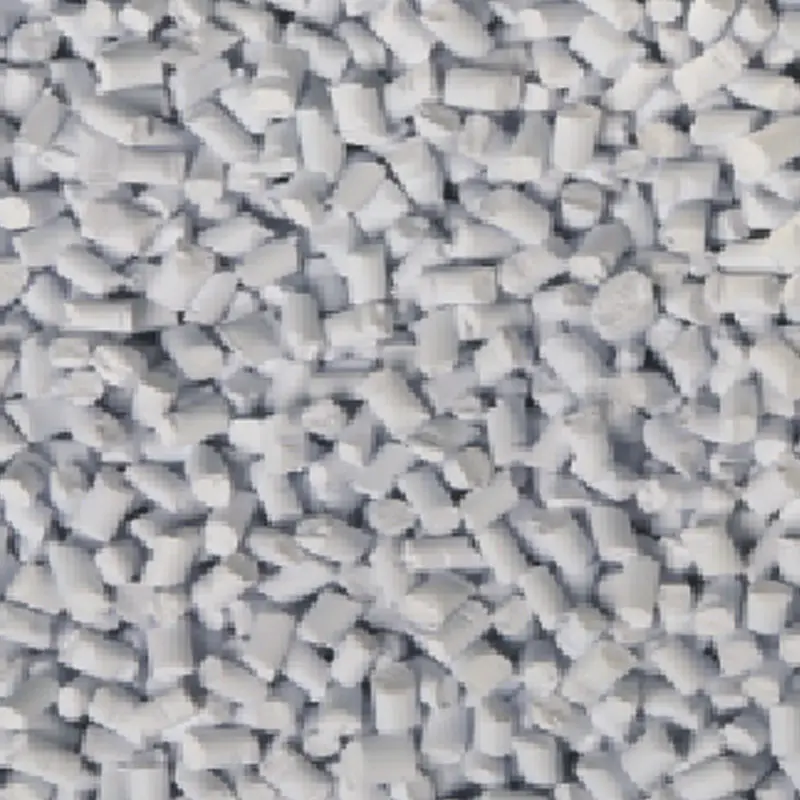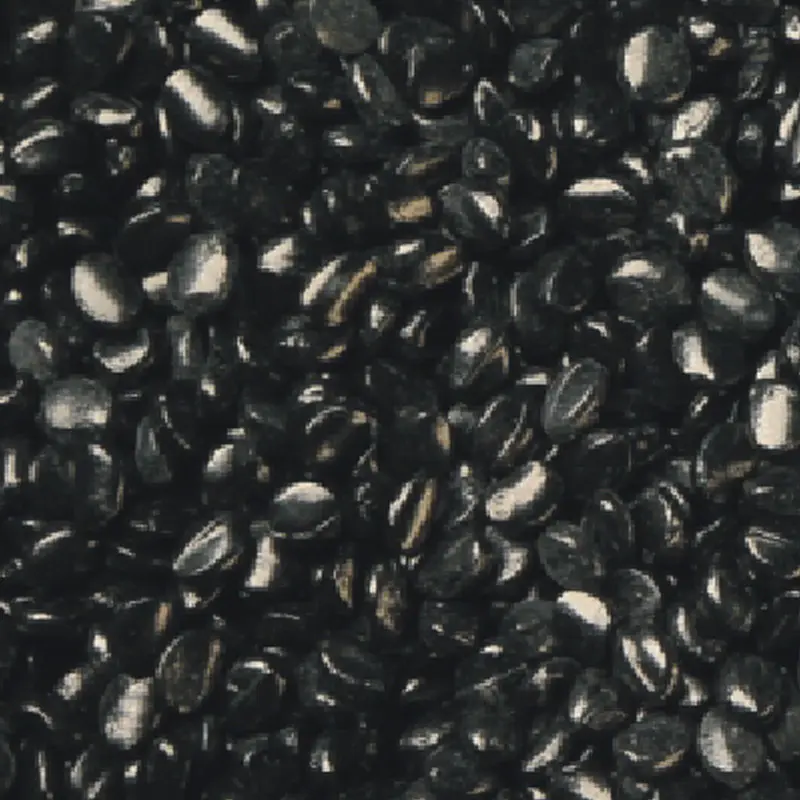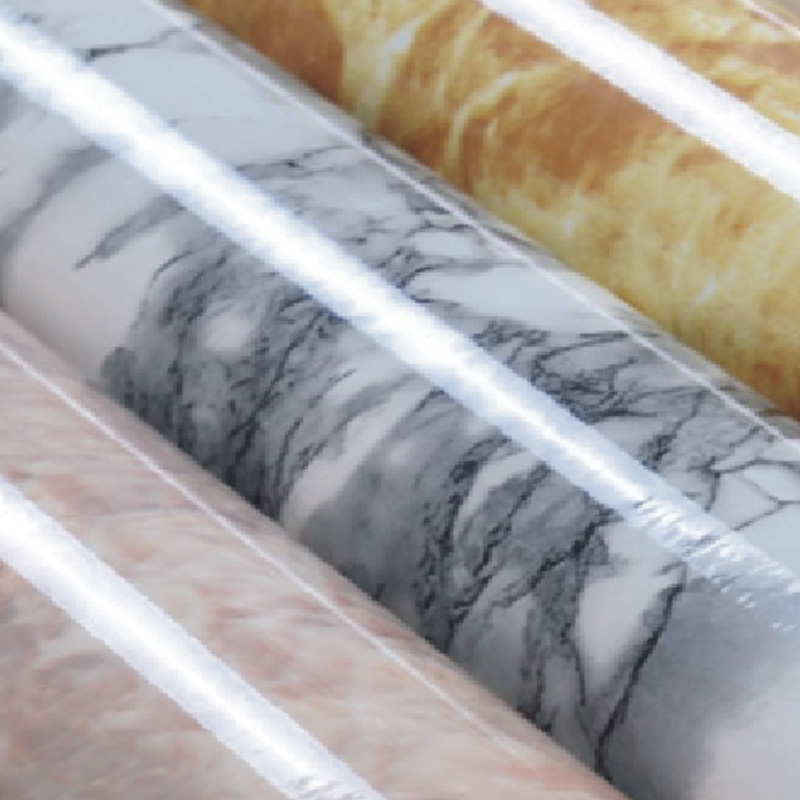The production of Injection Color Masterbatch has seen considerable changes due to advances in technology. These developments have influenced various aspects of manufacturing, from material formulation and processing to quality control and sustainability. As plastics continue to play an essential role in many industries, the evolution of Injection Color Masterbatch production reflects the ongoing pursuit of efficiency, consistency, and innovation.
One major area affected by technological progress is the formulation of Injection Color Masterbatch itself. Modern software tools enable precise color matching and formulation design. Using digital color measurement systems, producers can create masterbatches that closely match desired colors with reduced variation. This reduces trial-and-error during production, saving time and raw materials. Additionally, these tools allow for more complex color effects, such as metallic or pearlescent finishes, which have become increasingly popular in various markets.
Automation has also transformed the manufacturing process of Injection Color Masterbatch. Automated feeding systems, mixers, and extruders improve consistency and reduce human error. The ability to control processing parameters such as temperature, pressure, and mixing speed in real-time contributes to the uniform dispersion of pigments and additives. This uniformity is critical for achieving stable color quality in the final plastic products made from these masterbatches.
In-line monitoring and quality control technologies have become an integral part of Injection Color Masterbatch production. Sensors and imaging systems can detect inconsistencies or defects during manufacturing, allowing for immediate adjustments. This real-time feedback loop enhances product reliability and reduces waste. It also supports compliance with increasingly strict quality standards demanded by customers and regulatory bodies.
Sustainability considerations are driving technological innovations in Injection Color Masterbatch production as well. There is a growing interest in using environmentally friendly pigments and carriers, as well as reducing energy consumption during manufacturing. Advances in compounding technologies enable lower processing temperatures and faster cycle times, which contribute to energy efficiency. Moreover, some producers are exploring bio-based polymers and additives to develop more sustainable masterbatches.
The development of multifunctional Injection Color Masterbatch products is another outcome of technological progress. Besides providing color, some masterbatches now include additives that enhance properties such as UV resistance, flame retardancy, or antimicrobial effects. Incorporating these features during production requires precise compounding and thorough testing, which modern equipment and analytical tools facilitate.
Advances in nanotechnology have also started to influence Injection Color Masterbatch production. The use of nanoscale pigments and fillers can improve color intensity, durability, and even add new functionalities. However, the integration of nanomaterials demands careful control during manufacturing to ensure safety and effectiveness. As research continues, nanotechnology may offer new opportunities for innovative masterbatch products.
Digitalization and data management play important roles in optimizing production processes. Manufacturing execution systems (MES) and enterprise resource planning (ERP) software help coordinate operations, track inventory, and analyze performance metrics. For Injection Color Masterbatch manufacturers, this means better scheduling, reduced downtime, and improved supply chain management. Access to detailed data supports continuous improvement and responsiveness to customer needs.
The rise of customization in plastic products influences the technology used in Injection Color Masterbatch production. Smaller batch sizes and tailored color formulations require flexible manufacturing systems. Technologies such as modular extruders and quick-change equipment make it easier to switch between product types without extensive downtime. This flexibility helps producers meet market demands for personalized and limited-edition colors.

 English
English Español
Español русский
русский
